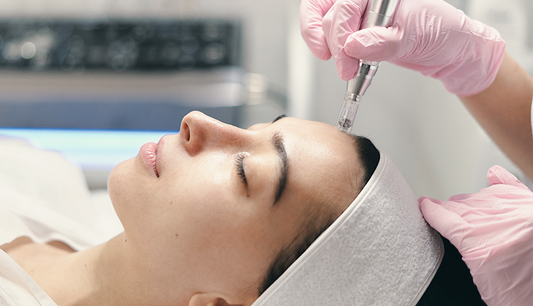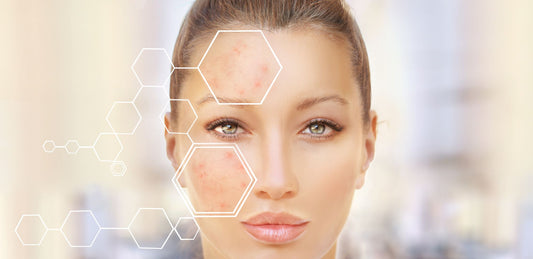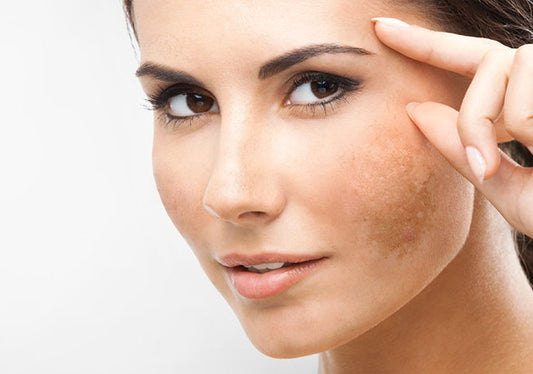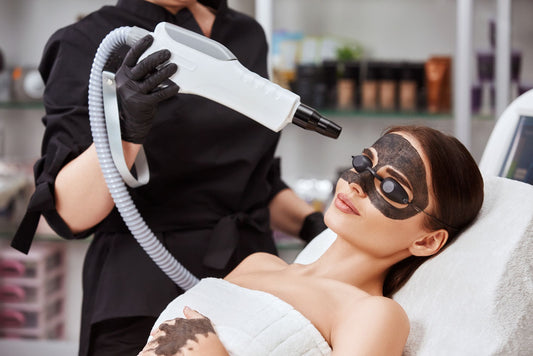Acne Scars
What are Acne Scars?
Acne is a common skin condition that affects millions of people worldwide. When acne clears, it can leave behind scars that can be just as distressing as the acne itself. These scars, known as acne scars, can vary in appearance, size, and depth, and can be a source of embarrassment and low self-esteem.
What Acne Scars do I have?
There are two types of acne scars: atrophic and hypertrophic. Atrophic scars are characterized by a loss of tissue, resulting in indentations or pits in the skin. These are the most common type of acne scars and can be further classified as ice pick, boxcar, and rolling scars. Ice pick scars are deep and narrow, resembling a puncture wound. Boxcar scars are wider, with sharp edges and a more defined shape. Rolling scars are broad and have a wave-like appearance.
Hypertrophic scars, on the other hand, are characterized by an excess of tissue, resulting in raised or bumpy scars. These scars are typically found on the chest, back, and shoulders, as well as on the face.
Individuals with skin and body conditions can also face social isolation and discrimination. They may avoid social situations and feel self-conscious about their appearance, leading to feelings of loneliness and isolation.
It's important to seek help if you are struggling with depression due to a skin or body condition and we always advise to speak to your closest family and friends first to get some advice.
How Acne Scars can be removed?
Acne is most commonly seen in teenagers and young adults, but it can affect people of all ages. Hormonal changes that occur during puberty, such as an increase in androgens (male hormones), can lead to an increase in sebum production, making acne more likely to develop. However, acne can also be caused by hormonal changes that occur during pregnancy or menopause, as well as certain medications and genetic factors.
There are several different types of acne:
Whiteheads: Small, raised bumps that are filled with pus and have a white or yellowish appearance.
Blackheads: Bumps that are open at the surface and have a black or dark brown appearance.
Pustules: Red, raised bumps that are filled with pus.
Papules: Small, firm, raised bumps that are not filled with pus.
Nodules: Large, hard, painful bumps that are located deep in the skin.
Cysts: Large, painful, fluid-filled lumps that are located deep in the skin and can cause scarring if not treated properly.
It is important to note that some types of acne can be treated with over-the-counter products, but more severe forms may require prescription medication from a dermatologist or non-surgical skincare treatments from a specialist clinic.
Suggested Treatments
-
Microneedling
Regular price From £116.5 GBPRegular priceUnit price per -
Pigmentation Correction
Regular price From £129.83 GBPRegular priceUnit price per -
Cosmelan Peel
Regular price From £999.00 GBPRegular priceUnit price per -
Carbon Laser Facial
Regular price From £169.00 GBPRegular priceUnit price per





